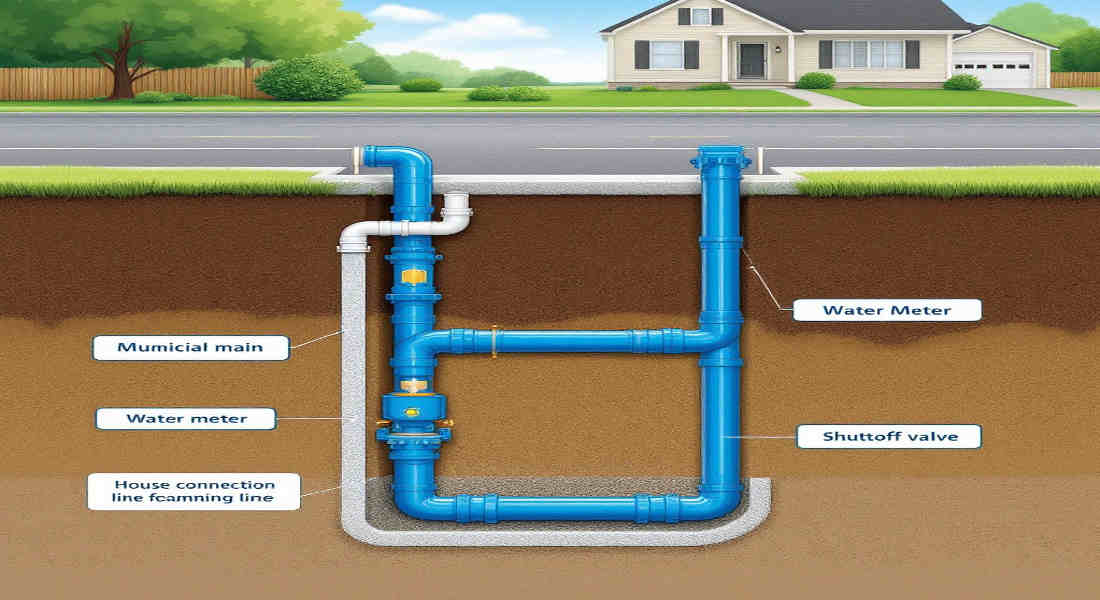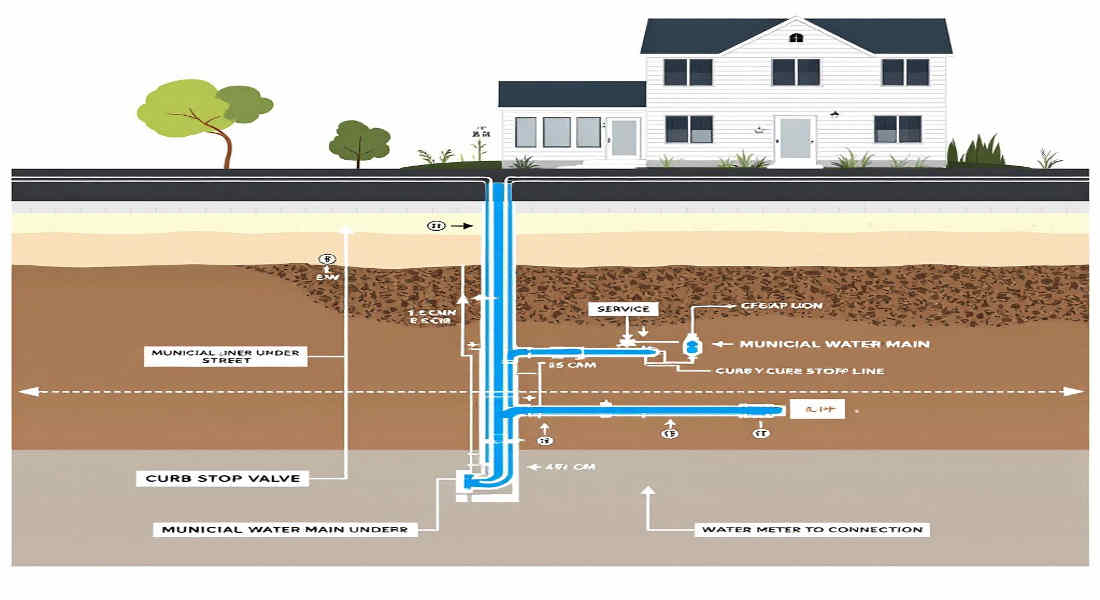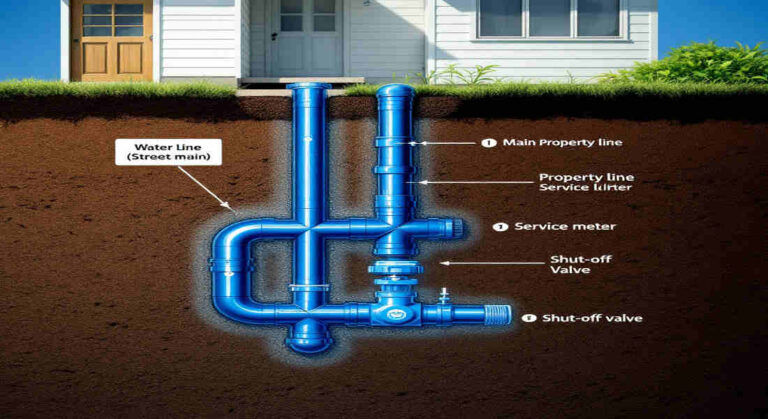Determining who is responsible for the water line running from the street to a house is a question that often arises among homeowners, especially when issues such as leaks or repairs come up. Generally, responsibility for this critical infrastructure is divided between the public water utility and the property owner. The public water main—typically located beneath the street—is maintained by the local water utility or municipality, while the private service line, which runs from the property line or curb stop to the house, is the homeowner’s responsibility. This split in ownership and maintenance can sometimes cause confusion, but understanding where the boundary lies is essential for ensuring prompt and appropriate action when water line problems occur. In this guide, we will explore the key factors that determine water line responsibility and provide practical advice for homeowners seeking clarity on this important issue.
Understanding the Layout of Your Property
Understanding your property’s layout is crucial for determining water line responsibility. Start by familiarizing yourself with the boundaries of your land. Grab a property map if you have one, or check local records to visualize where your lines run.
Next, identify any key features such as sidewalks, driveways, and landscaping. These elements often indicate where municipal easements might exist. Knowing these details helps clarify what lies between the street and your house.
Don’t forget about utilities. Identify other underground lines like electricity or gas that may intersect with water lines. This knowledge can prevent costly mistakes during repairs or installations.
Consider seeking assistance from professionals if needed. They can help you understand complex layouts better than diagrams alone ever could. Understanding this foundation sets the stage for addressing any issues related to water line responsibilities effectively.
Determining Municipal vs. Private Water Lines
To determine whether your water line is municipal or private, start by checking with your local government. Many municipalities maintain records of water lines and their ownership.
Typically, the boundary for responsibility lies at the curb or property line. Anything beyond that point often falls under municipal jurisdiction.
Next, look for any markers or signs near your street. Some cities use color-coded paint to indicate public utilities.
If you’re unsure, consider hiring a professional. They can perform a thorough inspection and provide clarity on where responsibilities lie.
Understanding these distinctions can save you time and money when issues arise. Knowing who is responsible prevents misunderstandings during repairs or emergencies related to water supply lines.
You may also read (when should you consider reducing your house price).
Factors Affecting Water Line Responsibility
Several factors can influence who is responsible for the water line from the street to your house. One key element is local regulations. Different municipalities have varying rules regarding ownership and maintenance of these lines.
It is also important to consider the age of your home.Older homes may have different standards compared to newly constructed properties, affecting liability.
Sometimes, water lines run under private land or public easements, complicating responsibility further.
If previous work was done improperly, it could shift responsibilities back onto homeowners unexpectedly.
Insurance policies often dictate certain liabilities. Understanding what’s covered in your homeowner’s policy is crucial when determining responsibility for water line issues that arise over time.
Steps to Determine Water Line Responsibility
To determine who is responsible for the water line from street to house, start by reviewing your local laws and regulations. Municipalities often have specific guidelines regarding ownership.
Next, inspect your property’s layout. Look at the location of the main shut-off valve and trace the piping. Knowing where it runs can clarify if any part falls under municipal jurisdiction or your own responsibility.
Reach out to your utility company for guidance too. They can provide insights about service lines versus private lines on your property.
These documents might outline any easements or existing agreements concerning water line responsibilities.
Consult with neighbors as they may have faced similar issues and gathered useful information about their own situations that could apply to yours.
You may also read (how to navigate joint ownership of a house in the uk).
The Importance of Knowing Your Water Line Responsibility
Understanding your water line responsibility is crucial for any homeowner. It can save you both time and money when issues arise. When a leak occurs or repairs are needed, knowing who is responsible helps in addressing the problem quickly.
If municipal lines are involved, contacting local authorities may be necessary. On the other hand, if it’s a private issue, you’ll need to handle it directly. This distinction prevents confusion and delays that could lead to larger problems down the road.
Regular inspections can identify potential issues early on before they escalate into costly repairs.
By understanding where your responsibility lies regarding water lines from street to house, you’re empowering yourself as a homeowner. This knowledge not only enhances your property’s value but also gives you peace of mind with regards to maintenance and repair duties.
You may also read (blueshinehome.co.uk).

